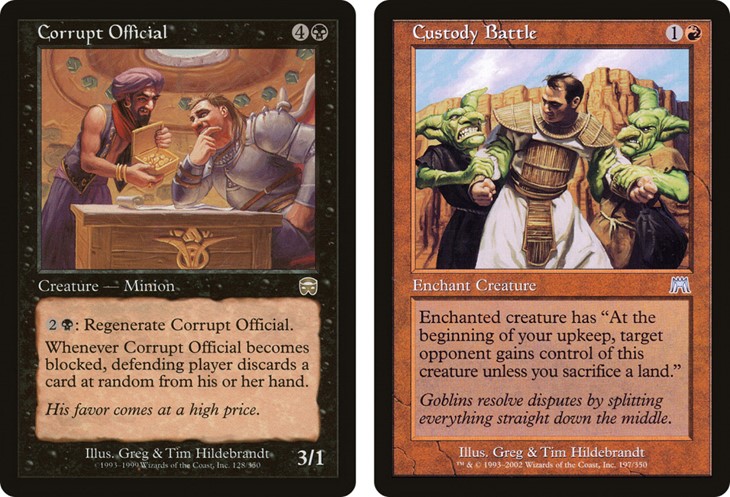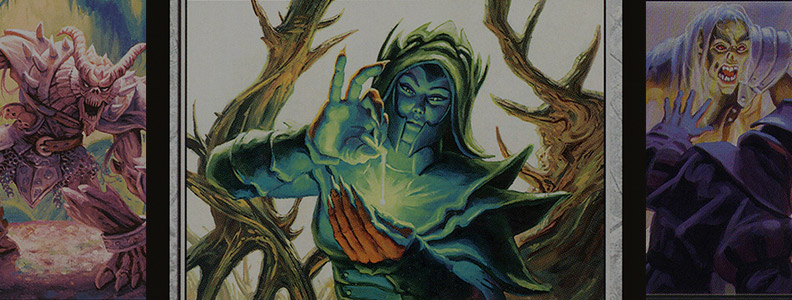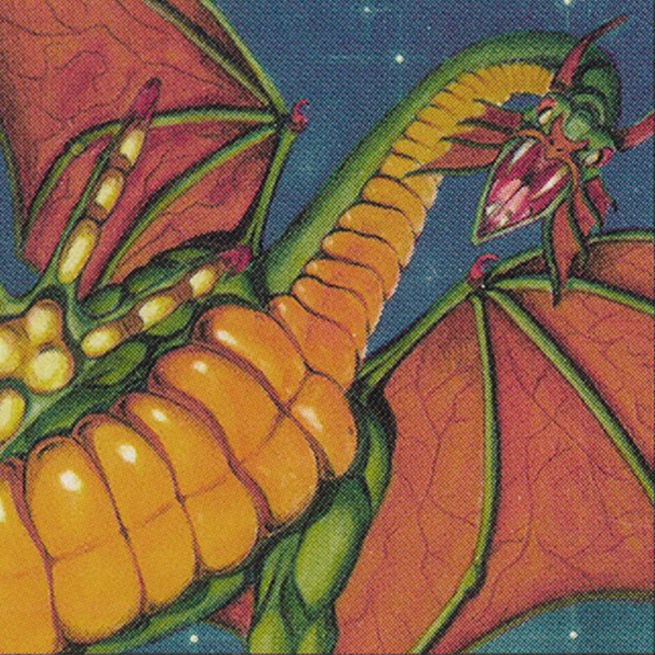For this week's interview, we talked with legendary artist Greg Hildebrandt. Together with his brother Tim, they painted many iconic illustrations for Stars Wars, Lord of the Rings, Marvel and Magic: The Gathering, among others.
Tim won the 1992 World Fantasy Award for Best Artist, and Greg won the Chesley Award for Lifetime Artistic Achievement from the Association of Science Fiction and Fantasy Artists. Together, the brothers were awarded the Gold Medal by the Society of Illustrators.
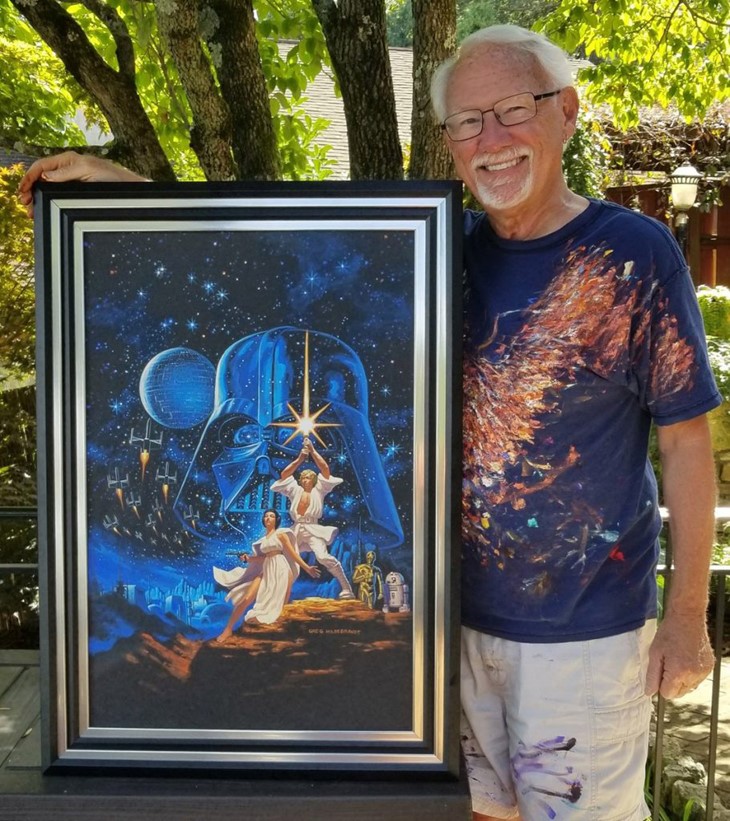
Your first Magic card came out in 1999. Were you familiar with the game at the time?
No not really. My agent, Jean Scrocco got us the cards as a job. We loved fantasy and so it was a perfect fit.
How did it feel to work on the game, when compared to other Intellectual Properties?
Well we were not really working on the game itself. We got a lot of reference from Wizards of the Coast. We were able to create our own compositions etc. And once in a while we did do a new character design. But it was fun for all of us involved.
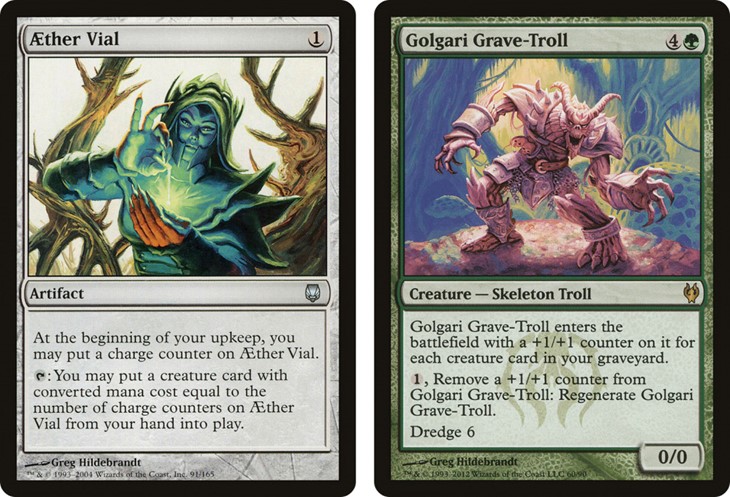
You and your brother Tim both painted cards together, how did you organize?
Tim and I did cards together as The Brothers Hildebrandt and individually. We never organized anything. Our agent, Jean, set up our commercial work, gave each of us the descriptions and the reference and we did the art. She always balanced individual cards with Brothers. She knew we wanted to do pieces alone once in a while.
What's your favorite work you've done for Magic?
Can't say I really have favorites. I always love creating art with action in it so those cards are more fun I think. If I had to pick a favorite I would say Grave Consequences.
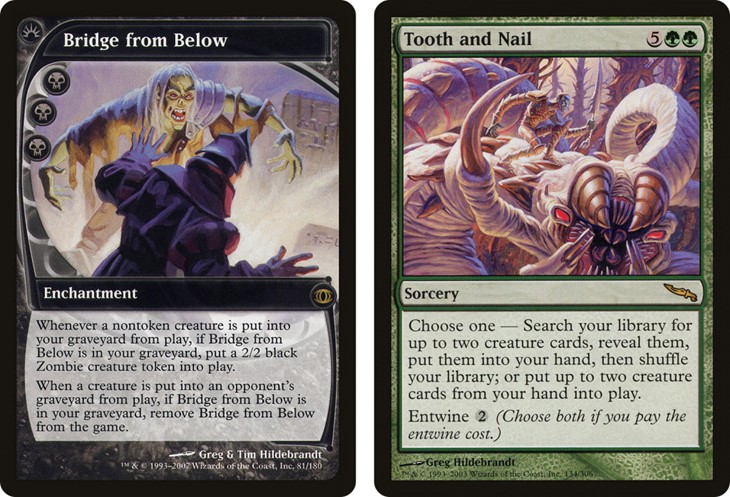
In my opinion, your Magic art is notoriously different from your other works in terms of style. Your art has this adaptive, chameleon-like quality. It molds with each universe, instead of imposing its form. Do you agree?
I have always strived as an artist to immerse myself in whatever world I am illustrating. Each world demands a unique style to represent it properly. I like your definition.
What's are the most challenging and rewarding aspects of illustrating in a fantasy setting?
I would have to say that the challenges are the same in fantasy as anything else that I paint. Coming up with a dynamic composition and lighting setup that I am happy with is paramount to the art. Then as I am painting the final piece giving it 300% of myself every time is essential. I try to get to a point where fantasy meets reality and reality meets fantasy. I hope I have achieved it.
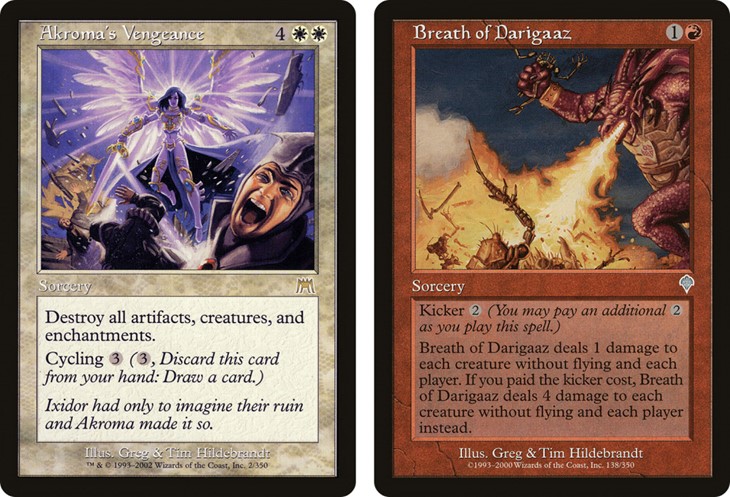
Magic players are very passionate and like to get to know the artists and get their cards signed. Did you experience this aspect, and was it similar with Star Wars and LOTR fans?
Unfortunately, most Magic Fans do not show up at the conventions I am at. We used to get a lot of Magic fans mailing me their cards for signatures. A year ago I turned that over to Scott Mosser. Scott sets up large batches of cards for me to sign for Magic fans. It is much easier this way as I really do not have a lot of extra time. He keeps it all straight. He ships everything back to each fan. Works really really well. Star Wars fans are a breed of their own. They track me down. That is always fun. And Lord of the Rings Fans are fun because they always want to find hidden meaning in my art.
You've mentioned that the "People rely on digital art because it is fast. OK so it's fast and a lot of it is good. Some of it is great. But a lot of it is crap". Doesn't this also apply to traditional media?
Well if you are asking me to compare digital media to painting that is not a fair question. I like looking at digital art but I don't ever get a sense of a soul in the art. I am not trying to be a jerk here. But digital art is slick. Art with soul is not. It is that simple. Digital artists are looking for perfection. There is no perfection in reality. I am a realist. I am OK with flaws. As far as good vs crap, hey everything on the planet is that way. Good art/Bad art. But it is all art. Thank God for that.
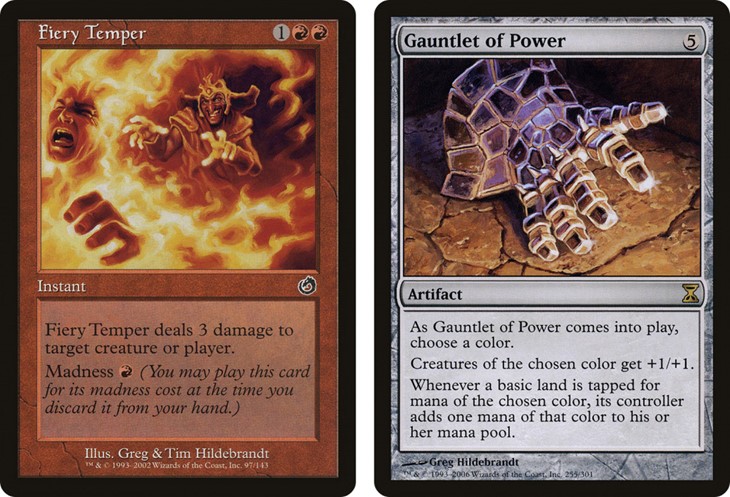
What would you name as the defining factors behind such a successful and eclectic career?
I have always been interested in many things, painting, drawing, puppet making, costumes, masks and make up, animation, film making, special effects, photography etc. From a very early age my parents supported and encouraged my art. I was very lucky in my career. I found myself in the right place at the right time quite often. I had many great people around me and many great opportunities.
I also never stayed with one thing. I never wanted to specialize. This way I have fans of all ages in many genres around the world. At almost 80 years old I still paint almost every day. I paint most days at least 8-10 hours. Even now I am constantly trying new things with light and composition. I have tried to stay current with the industries that I work in and I adapt my art for new generations to come.
But the single most defining factor is that in 1979, almost 40 years ago, Jean Scrocco became my agent. Every day for those 40 years she has stood behind me, directed my art and my career. She has given me the never-ending push to be the best I can be at what I do every day. She is as much a part of my art as I am.
